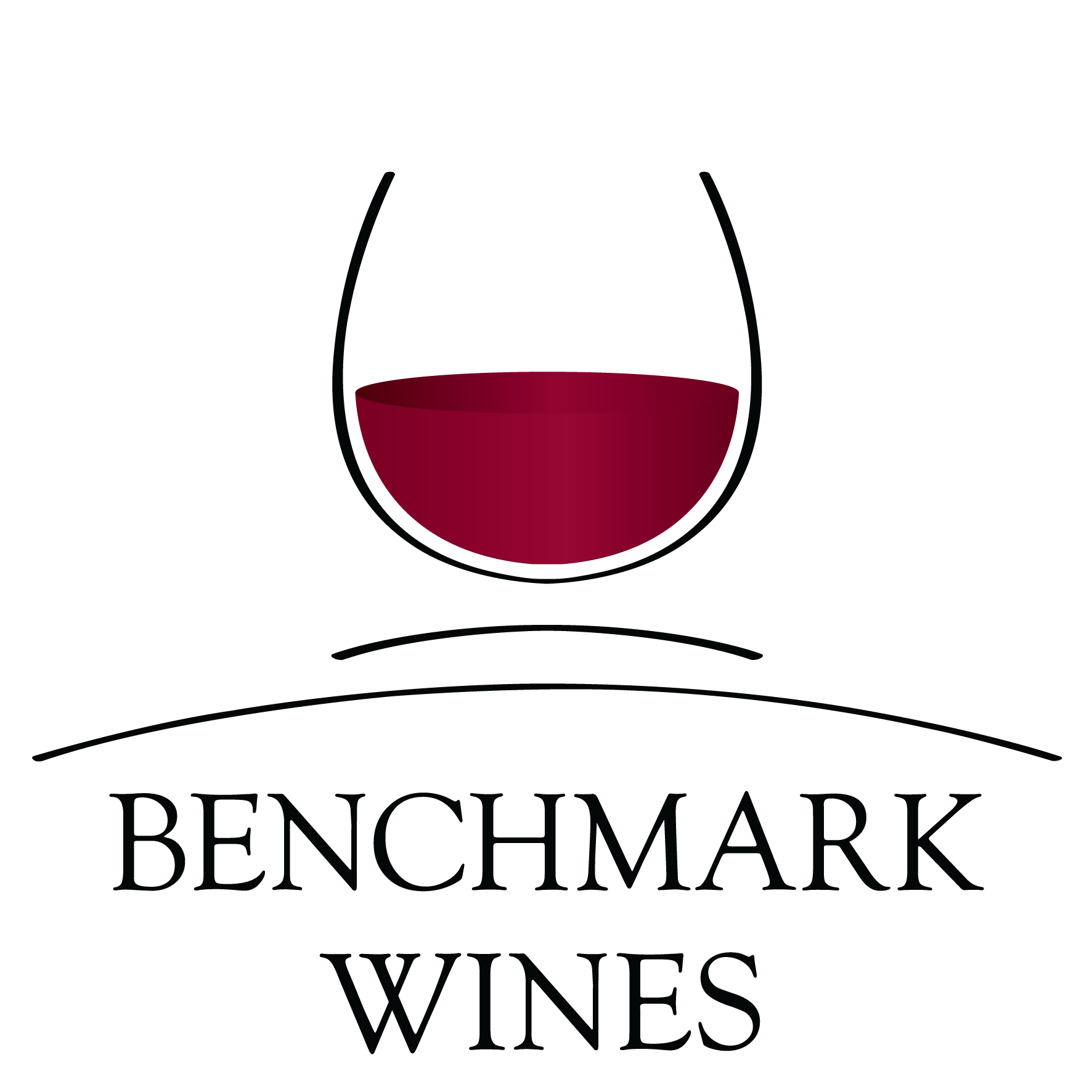How does wine travel from the old world to the new world? How is the world "old" and "new" - The terms Old world wine and New world wine already sound intriguing. So, what is up with that? Let us figure out.
Old World Vs New World Wine
Old World wines hail from the cradle of winemaking—European wine—and other traditional wine regions, embracing heritage, terroir, and time-honored practices. On the flip side, New World wines include American wine, Australian wine, and New Zealand wine, showcasing innovation, fruit-forward flavors, and modern winemaking techniques.
Not let us understand the difference between New World wines vs Old World in 5 quick pointers.
Differentiating Old World Wines and New World Wines
Origin and Tradition
Old World wines, deeply rooted in Europe, exude a sense of origin and tradition. From the hallowed vineyards of Bordeaux to the terraced slopes of Tuscany, these wines embody the essence of their historic wine landscapes.
In contrast, New World wines, or contemporary wine, born in regions like Napa Valley and Barossa Valley, are the offspring of exploratory winemaking, free from the constraints of centuries-old traditions.
According to Statista, the Old World wine producers, France, Italy, and Spain are the top three producers of wine in the world. On the other hand, New World powerhouses like the United States, Australia, and Argentina have witnessed a significant surge in wine production over the last decade.
Flavor Profile
Wine tasting is another point of differentiation between the old and new world. Old World wines, often lighter-bodied and with higher acidity, paint a canvas of subtle, earth-driven flavors, for example, Burgundy Pinot Noir or Spanish Albariño.
In contrast, New World wines boast fuller bodies, and lower acidity, and explode with ripe, fruit-forward flavors, say, Californian Cabernet Sauvignon or Australian Shiraz wine.
According to Medium, comparing Old World and New World Chardonnays found that Old World Chardonnays tend to have higher minerality and elegance, while their New World counterparts are more fruit-forward.
Labeling and Terroir
Old World wines wear their regional identity proudly, often labeled by the specific area of origin, emphasizing the concept of terroir—the unique interaction between soil, climate, and grapevine, and mostly contain years of aged wine.
New World wines, however, lean towards a more straightforward approach, commonly labeled by varietal, putting the focus squarely on the grape type.
Winemaking Styles
Old World winemaking is a meticulous dance with tradition, involving the use of neutral oak and adhering to stringent regulations that preserve regional identity.
The New World, in contrast, embraces innovation, incorporating new oak, flexible regulations, and a focus on expressing varietal character and winemaker creativity.
An analysis of winemaking regulations revealed that while Old World regulations often dictate factors like grape varieties, yield limits, and aging processes, New World regulations are generally more permissive, allowing for greater experimentation.
Food Pairing and Market Trends
Old World wines, with their classic wine profiles, effortlessly complement traditional dishes, making them a favorite among enthusiasts seeking authenticity.
On the other hand, New World wines, with their versatility and bold expressions, cater to adventurous palates and align with the evolving preferences of modern wine consumers.
Summarizing...
Old World wines tell tales of centuries-old vineyards, emphasizing tradition, terroir, and nuanced flavors. In contrast, New World wines burst onto the scene with a fresh, modern energy, embracing innovative wine, bold flavors, and a more direct approach to winemaking. Both old world and new world wines are available to purchase in most of the offline and online wine shop in Singapore.


































